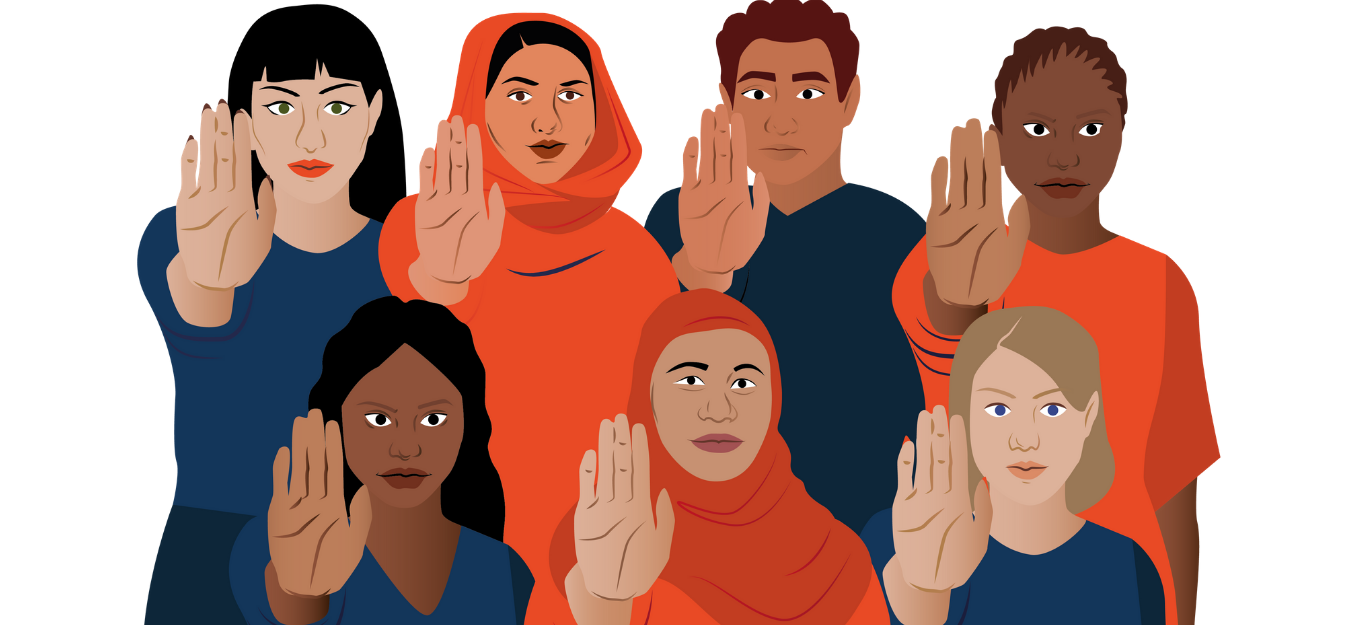According to official UNICEF figures (2020), FGM/C affects at least 200 million women and girls in 31 countries worldwide. This figure only includes countries where there is available data from large-scale representative surveys, which consist of 27 countries from the African continent, as well as Iraq, Yemen, the Maldives, and Indonesia. It is widely acknowledged that this presents an incomplete picture of this global phenomenon.
The current, already worrying numbers are a woeful under-representation since they do not take into account numerous countries where nationwide data on FGM/C prevalence is not available.
Female Genital Mutilation/Cutting: A Call for a Global Response, a new report released today by Equality Now, End FGM European Network, and the US End FGM/C Network, calls for the acceleration of global action to end the practice.
FGM/C is present on every continent except Antarctica
FGM/C is present in at least 92 countries, all of which need to be under the international spotlight. There is growing evidence that FGM/C takes place across the world, in numerous countries in Africa, Asia, the Middle East, Latin America, Europe, and North America, amongst indigenous and/or diaspora communities.
There are 32 countries where nationally representative data on FGM/C is available. In addition, there are at least 60 other countries where the practice of FGM/C has been documented either through indirect estimates, small-scale studies, or anecdotal evidence and media reports.
If we want to achieve worldwide eradication of FGM/C by 2030, we must measure FGM/C prevalence in every country and accelerate global efforts to end this harmful practice.
Lack of global awareness results in a lack of global action and investments
Activists and groups working to end FGM/C face monumental challenges in their work, compounded in many cases by the lack of reliable data, insufficient support and funding from the international community, and reluctance of national governments to take action on the issue, particularly in countries which are not traditionally known as FGM/C practicing countries.
It is widely acknowledged that efforts to end FGM/C are severely underresourced and require urgent investment.
While the majority of the current funding is concentrated in a limited number of countries in the African region, the responses are still extremely under-resourced in these countries.
Asia, the Middle East, and Latin America receive little to no investment. In these regions, several governments do not yet acknowledge (and in some cases even openly deny), the presence of FGM/C in their countries, thus undermining, and sometimes openly discrediting, the work of local survivors and activists.
Only 51 countries have laws against FGM/C across the world
The lack of political will and awareness of the existence of FGM/C worldwide impacts the availability of protective measures for women and girls who are at risk.
Out of the 92 countries with available data on FGM/C, only 51 have specifically addressed FGM/C within their national legal framework. Laws against FGM/C are most common in the African continent as well as countries where FGM/C is largely known to be practiced by diaspora communities including in Europe and North America. Asia and the Middle East lag behind in enacting legal prohibitions against FGM/C.
Officially recognizing FGM/C as a violation is arguably the first step to implementing national interventions to eradicate it and protect women and girls.
Ending FGM/C requires a global yet nuanced approach
The globalized nature of FGM/C requires not only a global response but a nuanced one, tailored to meet the particular contours of FGM/C as it is practiced in different regions, countries or communities. As this report demonstrates, better and growing data on the existence and prevalence of FGM/C, increased investment in efforts to end FGM/C, effective implementation of laws banning the practice of FGM/C, and tailored and comprehensive policies and services for survivors are needed in every country where FGM/C is now known to be present.
Through the SDGs, activists, and countries have made strong public commitments to ending FGM/C throughout the world by 2030. To achieve this goal, political commitments must now be put into action fully by accelerating and globalizing efforts, collecting and circulating reliable data, and providing the proper funding needed to put in place effective laws, policies and interventions to eradicate FGM/C once and for all.
Read: FGM/C: A Call for a Global Response
UPDATE: In 2024, new statistics were released by UNICEF showing 230 million women and girls around the world are affected by FGM, a 15% increase or 30 million more girls and women being subjected to FGM, compared to the data released eight years ago. This figure now includes data on FGM prevalence in Asia (80 million), the Middle East (6 million), and countries which have small practicing communities and are destination countries for migration (1-2 million).
